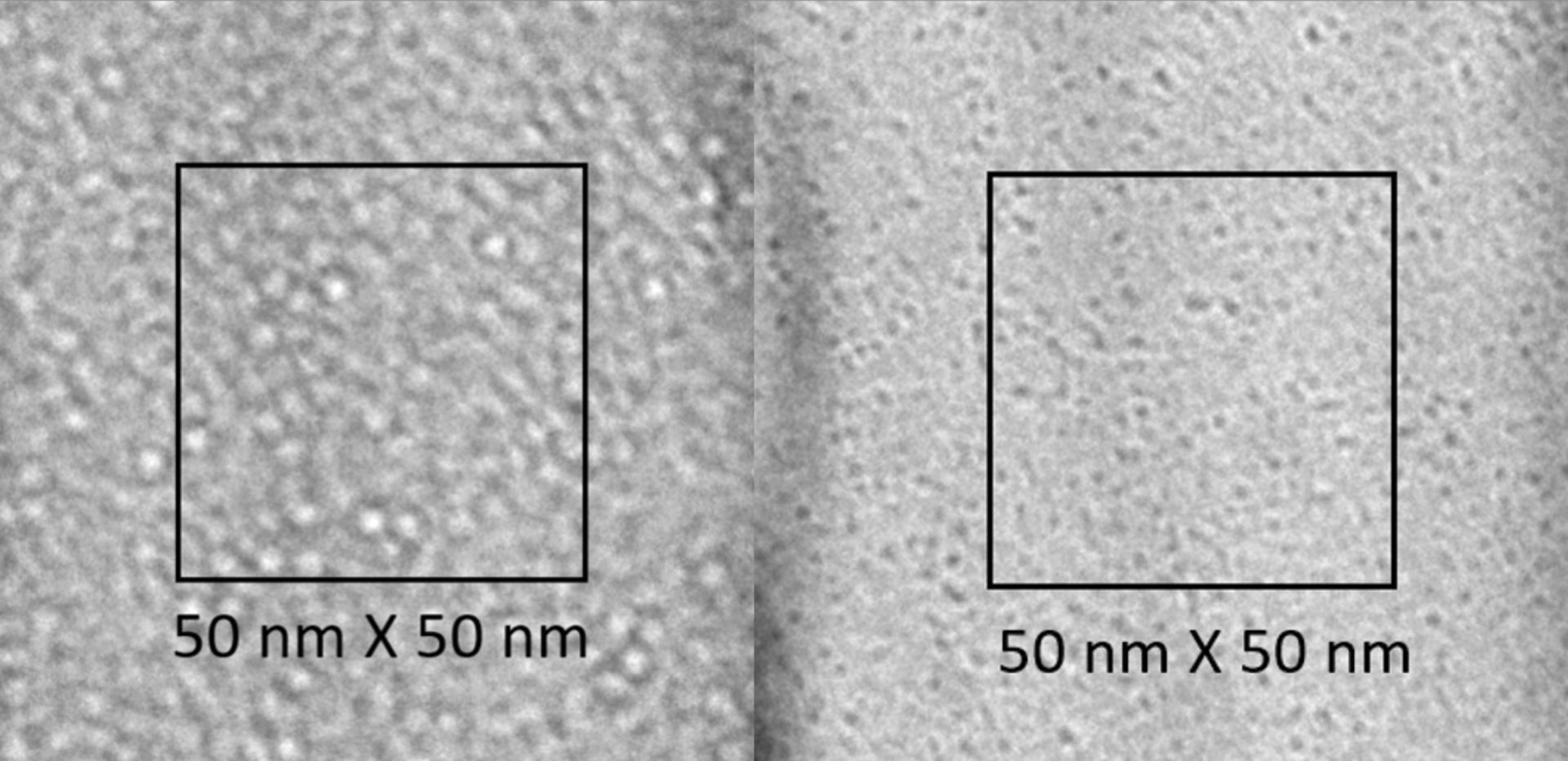bulletin | feature story
3D-printed ceramics after ISS spaceflight
TEM and resistivity data show that radiation and other spaceflight conditions had a perceptible impact on a 3D-printed ceramic material.
By Alexander Bailey, Kun Wang, Darren Stohr, Ryan Jeffrey, and Xingwu Wang
In November 2019, twelve 3D-printed ceramic samples were sent to the International Space Station (ISS). For approximately 260 Earth days, these samples were exposed to the space weather environment on the Sidus Space External Flight Test Platform.
The samples consisted of two experimental batches, A and B. For detailed descriptions of sample preparations and two batch designations, see Reference 1.
After the samples returned to Earth, they were evaluated for radiation damage and structural integrity. Ideally, results would show which batch retained its mechanical properties best after experiencing thermal cycling during flight and mechanical vibrations during launching and landing.
Pre-screening evaluation indicated that batch B samples displayed a weakened structure. Specifically, cracks appeared at the interface between the coating/glazing layer and the bulk sample. Thus, only batch A samples demonstrated desirable mechanical characteristics fit for future flight tests.
These experimental samples were then compared to control samples that did not undergo spaceflight using transmission electron microscopy and resistivity testing. In Figures 1 and 2 (below), TEM images (obtained with under-focus and over-focus techniques) of respective samples are illustrated.
Note the bubble-like features in the crystalline phase of the experimental and control batch A samples. The presence of bubble-like features in the control sample is solely due to interactions with the gallium-ion beam during sample preparations for TEM measurements. For the experimental sample, there is an increased feature density, which indicates evidence of interactions between space radiation and the ceramic material. A numerical investigation into the change of the feature densities revealed an approximate 70% increase in the bubble-like feature population of the experimental sample.

Figure 1. Batch A control sample. Under focus and over focus, respectively.
Credit: Kun Wang
Resistivity testing was also performed to investigate the temperature dependence. After taking resistivity measurements across a 50°C thermal gradient, it was discovered that the experimental samples exhibited a reduction in resistivity sensitivity to temperature change. The magnitude of this sensitivity change was approximately 2.86E+08 (Ωm/°C).
These two changes observed in the TEM and resistivity data for the experimental specimens indicate that radiation and other spaceflight conditions had a perceptible impact on the ceramic material. The origin of the observed bubble-like features may be the result of radiolytic processes that generate oxygen gas in metal oxides.
Further spaceflight testing is required to investigate these potential issues with 3D-printed ceramic materials that are subjected to space weather and radiation. Radiation detection/calibration instrumentation will be needed in the spaceflight testing fixture to systematically study the radiation effects. Finally, extensive TEM testing will need to be performed to provide further understanding of the bubble-like feature densities observed in the control and experimental batch A samples.

Figure 2. Batch A experimental sample. Under focus and over focus, respectively.
Credit: Kun Wang
Acknowledgements
In addition to the authors, the following researchers contributed to this study.
- Alfred University (Alfred, N.Y.): Yonggang Yan (researcher)
- L2 Aerospace, DBA OmniTeq (Melbourne, Fla.): Sam Deriso (chief engineer) and Jim Royston (founder and CEO)
- Sidus Space (Cape Canaveral, Fla.): Carol Craig (founder and CEO), Anthony Boschi (mechanical designer), and Mike Bush (software developer)
About the authors:
Alexander Bailey, Kun Wang, Darren Stohr, and Xingwu Wang are researchers at Alfred University (Alfred, N.Y.). Ryan Jeffrey is the principal engineer at Sidus Space (Cape Canaveral, Fla.). Contact Wang.

